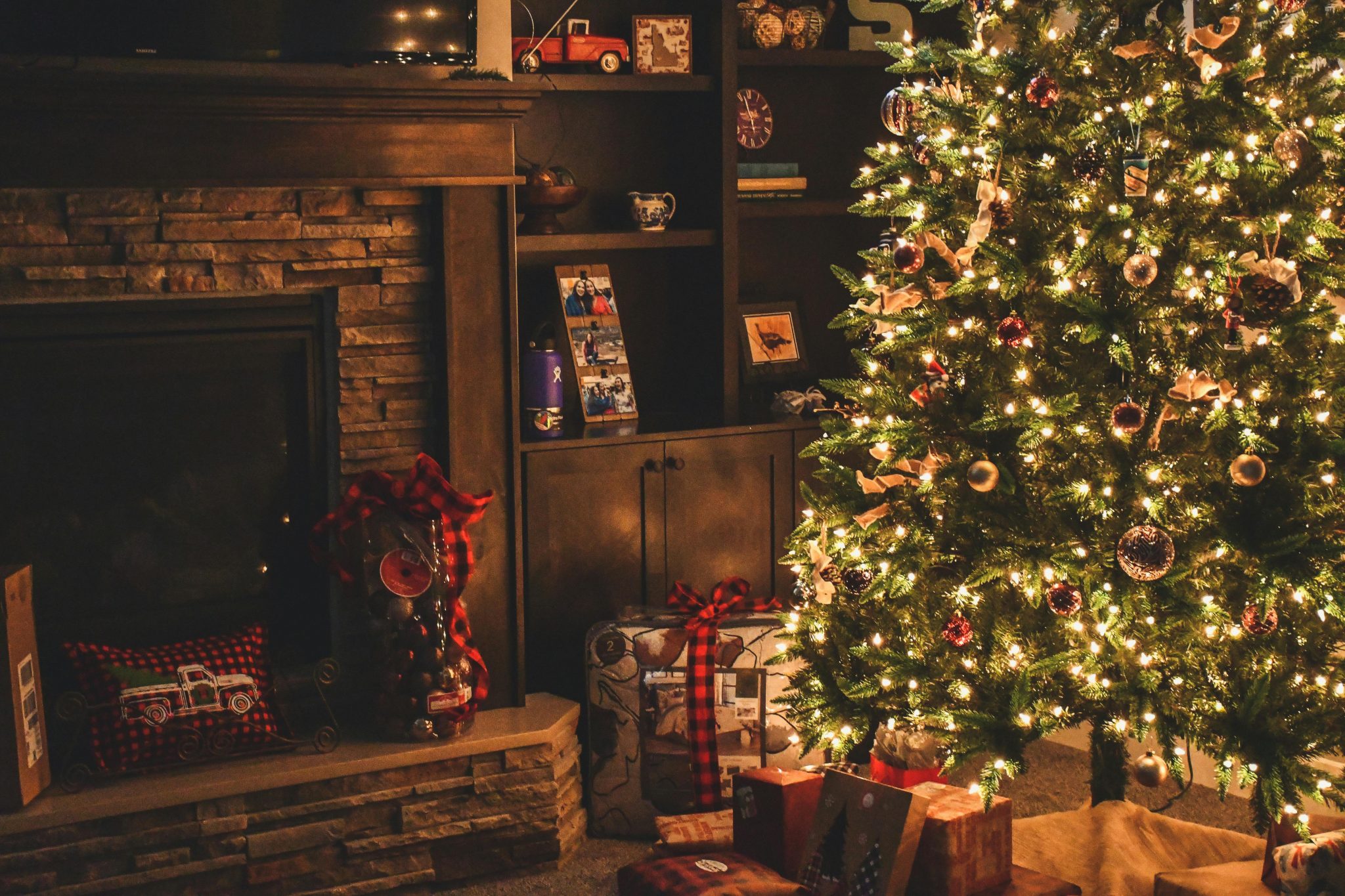By Max Cassett
For The Diamondback
As winter kicks off, University of Maryland students with roots around the world have the opportunity to reflect on the holidays and traditions they participate in.
Thomas Kai-Wen Chadwick’s family moved from Singapore to England when he was 6-years-old, then to California when he was 12 and Utah when he was 16.
The sophomore computer science major, who spent half of his childhood in Oxford, said his grandmother would bake a Christmas pudding and put a two-pound coin inside.
“When she sliced up the pudding she would give each of the slices to one of the cousins and then the cousin who got the slice with a two pound coin in it would get to keep it,” he said. “But now that I think about it, it’s kind of dangerous, putting a coin in a Christmas pudding.”
Chadwick celebrated Christmas with his extended family. To signal the start of the holiday dinner, they gather around the table with Christmas crackers and, all at once, tug until they would “explode.”
Rishi Nitin Agrawal, a sophomore computer science major, was born in Mumbai, India and moved to Singapore when he was six years old. His family isn’t Christian, but they celebrate Christmas.
“We put up a tree when we were kids. We used to get gifts from Santa Claus. We might even have put out cookies for Santa Claus and milk once or twice,” Agrawal said.
[UMD to begin renovations for 5 cultural centers over winter break]
Agrawal said a big celebration during the winter season in Singapore is New Year’s. Boats will gather in Marina Bay,where there are huge performances and fireworks
He added that Chinese New Year comes soon after. Chinese New Year in Singapore involves extended family coming to town, elders giving children red packets of money, exchanging gifts and acrobatic dancers in lion costumes. People break bread over dinner and dance together to usher in the new year.
Jose Vasconez, a senior finance and accounting major from Quito, Ecuador said family is a really important part of South American culture.
“It’s very common for families to gather really often,” Vasconez said. “In the U.S., families are really spread out, like living in different cities. They only come together for Thanksgiving and stuff.”
One tradition Vasconez’s family takes part in relates to nativity. Vasconez said the baby Jesus will be hidden from the collection of figures until nine days before Christmas. His figure will be covered to represent Mary carrying Jesus in the womb, and on Christmas Eve he is revealed.
[UMD exhibition explores history of student activism for underrepresented groups]
Much like in the United States, Vasconez grew up singing Christmas carols, except in both Spanish and English.
Felipe Pinzon-Vanegas, a senior mechanical engineering major whose parents are from Colombia, often goes to the country during breaks and holidays.
Colombia has many Christmas traditions, such as eating buñuelos — a dessert made from fried dough covered in cinnamon sugar — and celebrating the nativity, Pinzon-Vanegas said. A big part of his Colombian Christmas tradition is novena — the nine days leading up to Christmas that serve as a time for prayer, music and celebration.
“The 24th is like the big day that you actually celebrate,” Pinzon-Vanegas said “You’ll stay up until midnight and then at midnight everyone opens their gifts.”



